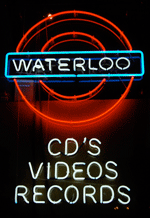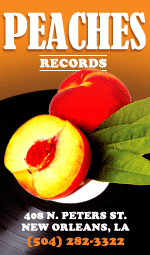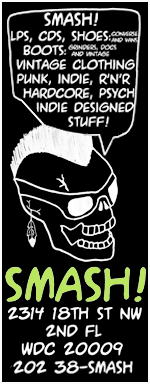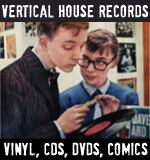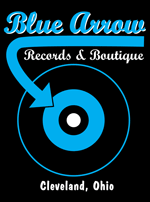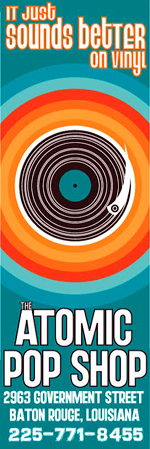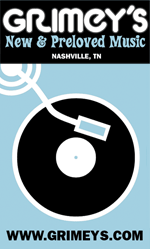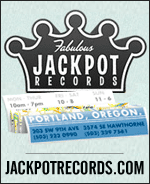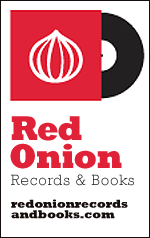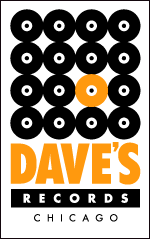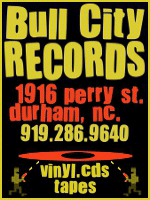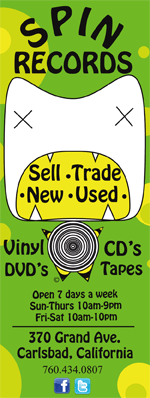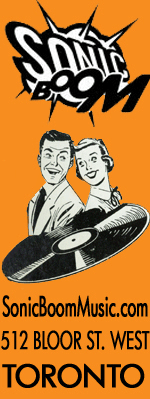
VIA PRESS RELEASE | Varèse Sarabande and Craft Recordings announce deluxe reissues for Blade and Blade II, from prolific composers Mark Isham and Marco Beltrami. Debuting on vinyl for the first time, both soundtracks—equally celebrated as unique contributions to the film canon—will be released in multiple unique color variants.
 Releasing on May 16th and available for pre-order today, these classic scores will be pressed on “Bloodbath” red vinyl exclusively via Barnes & Noble, and “Blood Splatter” clear and black translucent vinyl in a limited-edition run of 500 on the Varèse Sarabande store. Both scores will be available as 2-LP gatefold packages with brand-new artwork by acclaimed illustrator Micha Huigen. Directed for the big screen by effects artist turned filmmaker Stephen Norrington (Death Machine) and written by Dark City’s David S. Goyer (with uncredited assistance from David Fincher, who originally intended to direct), 1998’s Blade tapped into the Goth Avenger vein of the adaptations of The Crow and Spawn.
Releasing on May 16th and available for pre-order today, these classic scores will be pressed on “Bloodbath” red vinyl exclusively via Barnes & Noble, and “Blood Splatter” clear and black translucent vinyl in a limited-edition run of 500 on the Varèse Sarabande store. Both scores will be available as 2-LP gatefold packages with brand-new artwork by acclaimed illustrator Micha Huigen. Directed for the big screen by effects artist turned filmmaker Stephen Norrington (Death Machine) and written by Dark City’s David S. Goyer (with uncredited assistance from David Fincher, who originally intended to direct), 1998’s Blade tapped into the Goth Avenger vein of the adaptations of The Crow and Spawn.
Like those undead superheroes out to decimate their killers, Blade moved in the shadows of a big city built from eerily sleek visuals and Hong Kong—influenced action, as powered by the relentless beat of the era’s youth-appealing indie, grunge, and electronica bands.
At first offered to The Prodigy, Blade’s score eventually went to Mark Isham, whose origin as a jazz trumpeter didn’t suggest the most predictable fit. It was, though, Isham’s Southwestern gothic score for 1986’s The Hitcher that marked him as a musician worthy of this daunting task.
“Blade was a very interesting movie to be on,” Isham told author Randall D. Larson. “There were two factions that had a very strong musical voice. One was Wesley Snipes. He was involved in the hip-hop community, which was material that he felt reflected the urban part of the story. Then you had this young, sort of punk English director who was into English electronica, acid jazz and things like that. He felt that Blade lived in more of that world. And then of course you have the score. So it was a challenge. I talked a lot with Stephen Norrington and the studio’s music department about how to get these musical elements to all wrap around the story and feel like they belonged together.”
“I tried to give Blade a sense of heroism, but also a darkness, a vibe to him that was somebody you’d be scared shitless to see on a dark street,” Isham explained. “Yet there’s a side to his theme that was much more emotional because there’s a part of him that is still somewhat tender about there being something more than just these sorts of overpowering relationships the vampires have with each other.”
When Director Norrington decided not to take part in the follow up for his smash film, it was only natural that Hollywood came calling for Guillermo del Toro to take on the directing duties of Marvel Comics’ half-human vampire slayer whose 1992 appearance truly marked the beginning of the Marvel Age of movie superheroes.

Blade II presented a different challenge entirely. Receiving his master’s at Yale and studying under Jerry Goldsmith at USC, Marco Beltrami seemed a natural fit for the del Toro vehicle, especially after bursting onto the scene with Wes Craven’s meta-slasher Scream.
“Our collaboration on Blade II was a continuation of the one we had on Mimic,” Beltrami says, referring to their 1997 collaboration. “Sure it was creative, but it was like you were trying to keep something from your parents. Blade II gave me a lot more room to stretch musically, to use the whole orchestra and make a lot of sound and noise. It’s always fun to make noise.”
Beltrami’s collection of Asian instruments matched many of the themes that populated del Toro’s rendition. These included the flute-like shakuhachi, the Chinese opera gong and African percussion joined with an array of taiko drums, or “fat drums” originally used to cast away supernatural entities.
“Guillermo wanted those stylized Asian overtones for me to incorporate at a time before that sound was the rage in film scores,” Beltrami says. “I appropriated instruments and brought them into what I was doing, as I hadn’t studied traditional Japanese music. I used them in a very ‘western’ way for Blade II. We also had the idea of Tibetan throat singing, so we got this guy who called himself ‘the lowest of the low.’ But he wasn’t quite able to do the overtone stuff we wanted. I don’t know if it sounded like someone who was singing or someone who had an upset stomach! But he became part of the sound, along with the sounds that Buck Sanders had been creating.”
Now, both of these historic, unique soundtracks will be available for film lovers and score aficionados alike. Rarely have two films achieved such sterling visions from the same source material, and each project boasts a score to accent this one-of-a-kind style.

















